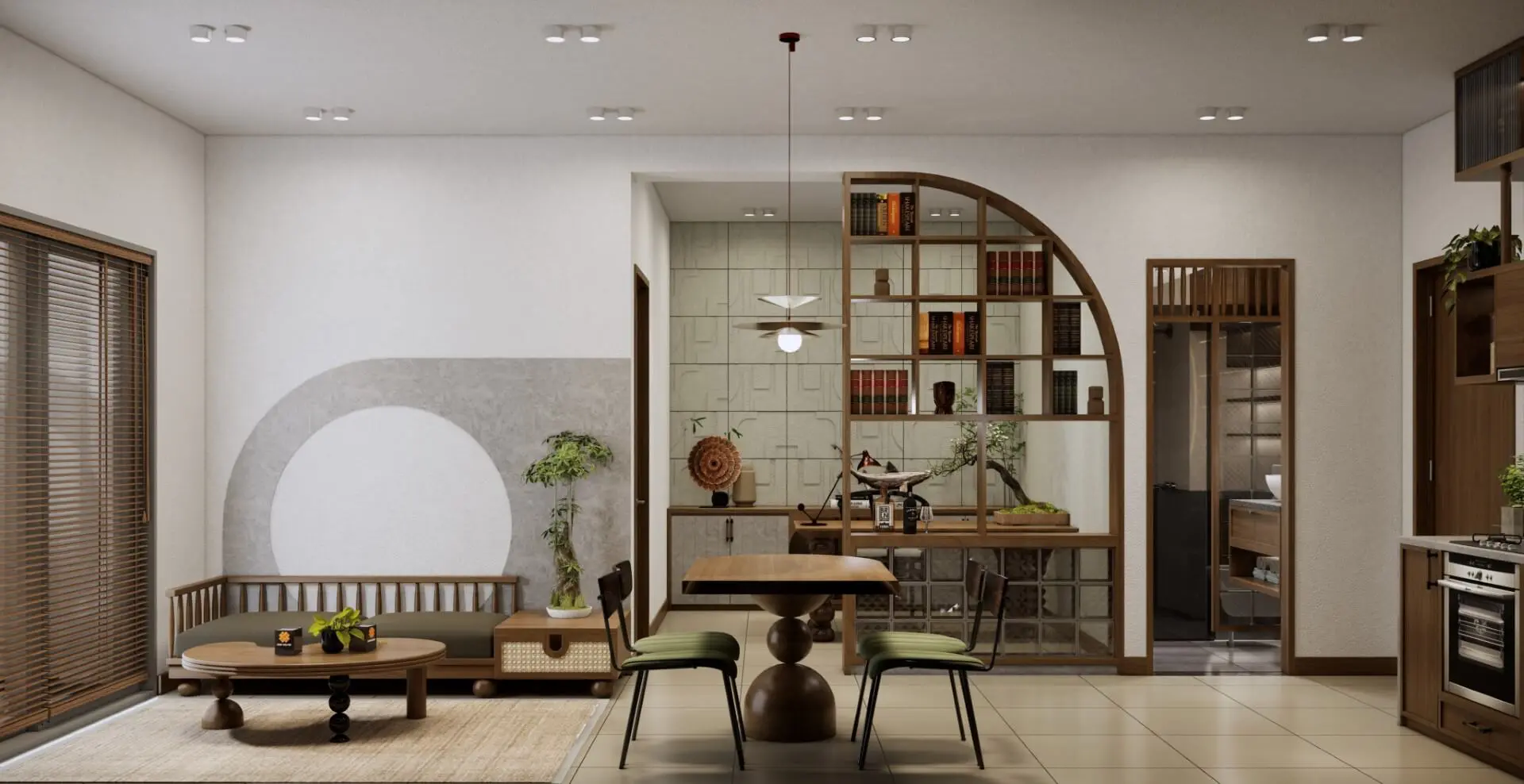How Many Coats of Primer Do You Need?
Do it’s important to on a regular basis prime sooner than painting? If that is the case, what variety of coats of primer would you like? There isn’t a one reply because of the number of coats of primer relies upon upon plenty of parts, much like the color you might be painting over, the sort of paint you might be using, and the state of affairs of the partitions or flooring you might be painting. Nonetheless, two coats of primer are generally used for a lot of initiatives.
Maintain learning to be taught when to utilize primer and what variety of coats of primer are compulsory sooner than painting.
What Is Primer?
A primer is a base coat that comes sooner than the final word, or base and finish, coats of paint. Primer preps the ground and significantly improves the paint’s adhesion and safety.
Do You Really Need Primer?
You nearly on a regular basis should prime a flooring sooner than painting. The one time it’s possible you’ll doubtlessly skip primer is as soon as you buy paints with built-in primers. Nonetheless, these self-priming paints are solely environment friendly for painting over partitions in tremendous situation which may be already painted.
Primer is beneficial for masking outdated paint or paint in a very utterly completely different coloration or larger sheen than you’ve got obtained chosen and preps the ground so the model new paint adheres further efficiently. Nonetheless, many alternative situations require priming, much like:
- Painting unfinished picket: Bare picket does not accept paint correctly and have to be primed so the paint sticks. Seek for a primer formulated to seal knots when painting knotty picket.
- Making use of latex-based paint over oil-based paint: In case your current partitions are painted with oil-based paint, you will have a bonding primer to help the model new latex paint stick.
- Painting over plaster and joint compound: Partitions which have been repaired or skim-coated with plaster and joint compound will look uneven besides primed. These patched surfaces take within the paint differently than surrounding areas.
- Painting over new drywall: New drywall must be primed with PVA (polyvinyl acetate) primer, an inexpensive product formulated for drywall.
- Painting over stains or mildew: Stains from water, mildew, and completely different substances could also be robust to cowl, requiring many coats of paint. Use stain-covering primers to cowl atypical stains and mold-killing primers to stop mildew improvement.
- Using lower-quality paints: You presumably can sometimes get away with using lower-quality paint in case you utilize a decent-quality primer. Nonetheless, low-cost paints couldn’t closing as long as high-quality paints.
How Many Coats of Primer to Use
The number of coats of primer relies upon upon the details of your enterprise and the sort of paint you might be using.
When to Use One Coat of Primer
Use one coat of primer for the subsequent situations:
- When painting over associated paint colors
- Going from a light-weight paint coloration to a darkish paint coloration
- Surfaces which may be in good state of affairs, along with metallic
When to Use Two Coats of Primer
Use two coats of primer when painting the subsequent:
- Unfinished surfaces like picket
- New drywall (use PVA primer); new drywall soaks up paint and primer prevents the paint finish from wanting splotchy and uneven when dry
- Getting ready to paint over wallpaper
- Poor state of affairs metallic surfaces
- Drastically utterly completely different paint colors
- Defending a darkish paint coloration with a light-weight paint coloration
When to Use Three Coats of Primer
It is doable you will on no account need three coats of primer. Nonetheless, situations which can necessitate a third coat embody:
- If the second coat of primer hasn’t equipped passable safety
- Painting over uneven surfaces like masonry, plaster, unfinished picket, and drywall joint compound
- Defending major stains, much like water hurt on a ceiling
What Form of Primer to Use
Search the recommendation of the label in your primer for proper utility. Completely completely different surfaces identify for specific forms of primer and it is important to utilize the appropriate one. When uncertain, ask the affiliate on the retailer’s paint division for product solutions. When making use of primer, pay shut consideration to the producer’s instructions specifying what variety of coats of primer to utilize and any compulsory steps to take between the coats, much like sanding.
FAQ
-
Primer doesn’t should look glorious nevertheless attempt your best to make use of even coats of primer on a flooring for best outcomes.
-
It is not important to sand between coats of primer. You presumably can evenly sand your closing coat of primer for a simple flooring sooner than making use of coloration.
-
One coat of primer is usually ample in case you’re painting over partitions with the identical coloration and the wall is straightforward, undamaged, and in good kind.




:max_bytes(150000):strip_icc()/SPR-satin-vs-matte-7486974-hero_83978-85a85d5ccea54000b14178367244fa11.jpg?w=1200&resize=1200,0&ssl=1)
:max_bytes(150000):strip_icc()/GettyImages-471901096-97b058e24039495ea0e47e258fed8582.jpg?w=1200&resize=1200,0&ssl=1)
:max_bytes(150000):strip_icc()/paint-calculator-4692607_hero-e6c14857237a4005aad2e07bb76e96d1.jpg?w=1200&resize=1200,0&ssl=1)